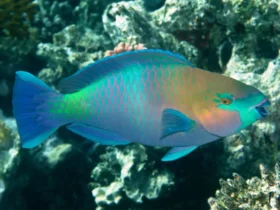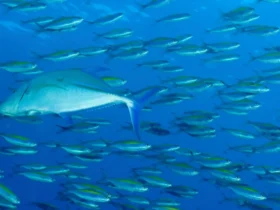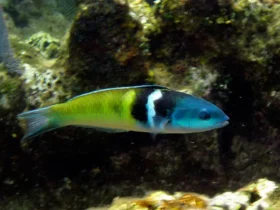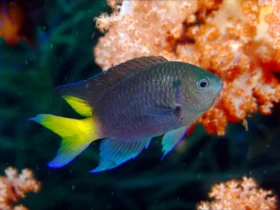Known for its incredible longevity, sluggish demeanor, and enigmatic nature, this mysterious shark has fascinated scientists and explorers for centuries. In this article, we will dive into the intriguing world of the Greenland Shark, exploring its unique characteristics, habitat, behavior, and the ongoing efforts to unravel the secrets surrounding this deep-sea giant.
The Ancient Ocean Wanderer
The Greenland Shark is a large, slow-moving shark that inhabits the sub-Arctic and Arctic waters, particularly around Greenland, Canada, and Iceland. It is one of the largest shark species, with females reaching lengths of up to 20 feet (6 meters), while males are slightly smaller. Despite its impressive size, the Greenland Shark has a docile nature and rarely poses a threat to humans.
Longevity and Slow Growth
One of the most remarkable aspects of the Greenland Shark is its astonishing lifespan. These sharks are among the longest-lived vertebrates on Earth, with some individuals estimated to be over 400 years old. Their slow growth rate contributes to their longevity, with females reaching sexual maturity at around 156 years and males at around 134 years. This extraordinary lifespan has led scientists to study them as a potential key to understanding the aging process and longevity in vertebrates.
Unique Adaptations
To survive in the cold Arctic waters, the Greenland Shark has developed several remarkable adaptations. Its large, dark eyes allow it to see clearly in low-light conditions, making it a proficient hunter in the deep-sea darkness. Its sluggish swimming style and flexible cartilage-like skeleton enable it to conserve energy and withstand the extreme cold temperatures. Additionally, it possesses a specialized system to control its buoyancy, which allows it to hover motionless in the water column.
Mysterious Diet
The Greenland Shark’s diet has long remained a subject of speculation. While it is known to be an opportunistic feeder, scavenging on carrion and bottom-dwelling prey, recent studies have shed light on its surprising dietary habits. Examination of stomach contents has revealed a variety of prey items, including fish, seals, seabirds, and even reindeer. These findings suggest that the Greenland Shark’s diet is diverse and adaptable, allowing it to survive in the harsh Arctic environment.
Exploring the Depths
The deep-sea nature of the Greenland Shark presents unique challenges for scientific research. Its elusive behavior and preference for cold, dark waters make it difficult to study in its natural habitat. Scientists have employed methods such as satellite tagging and underwater cameras to gather information on its behavior, migration patterns, and population dynamics. Additionally, analysis of shark tissues and radiocarbon dating techniques have contributed to our understanding of their longevity and age.







